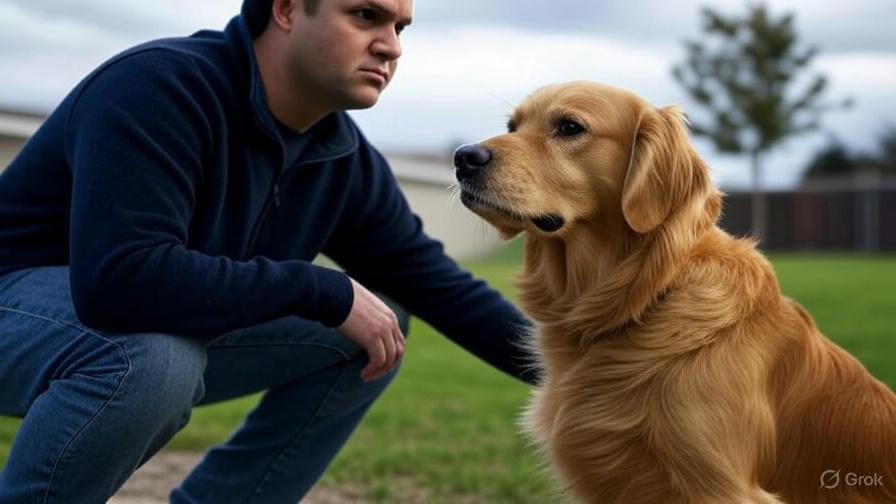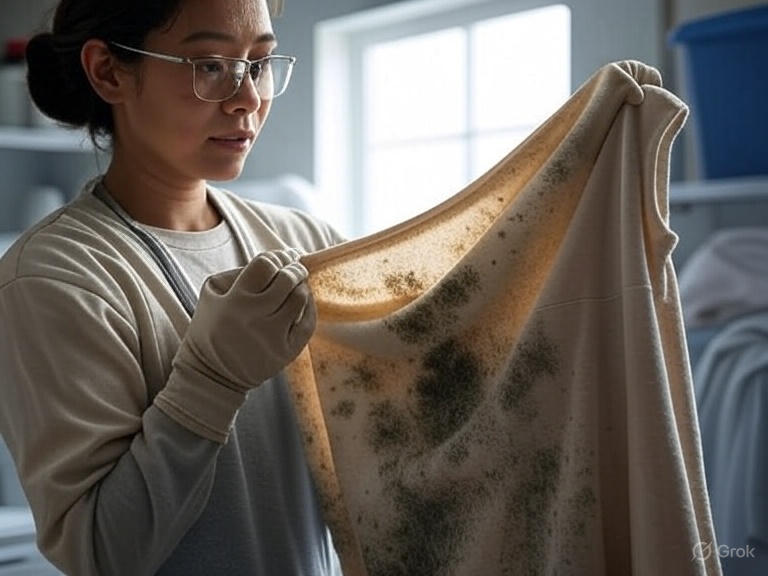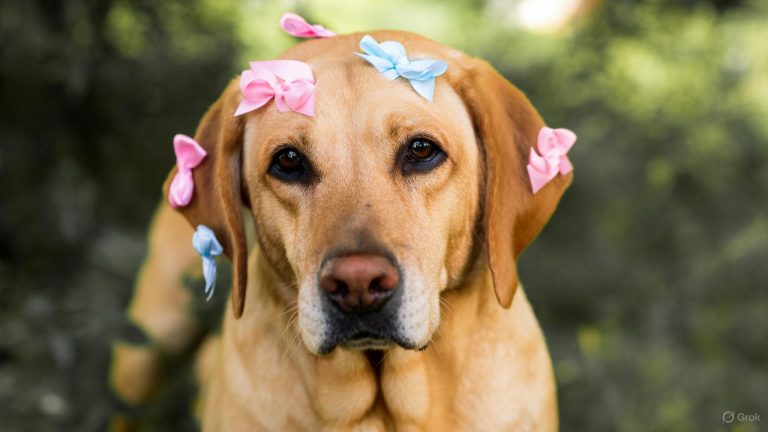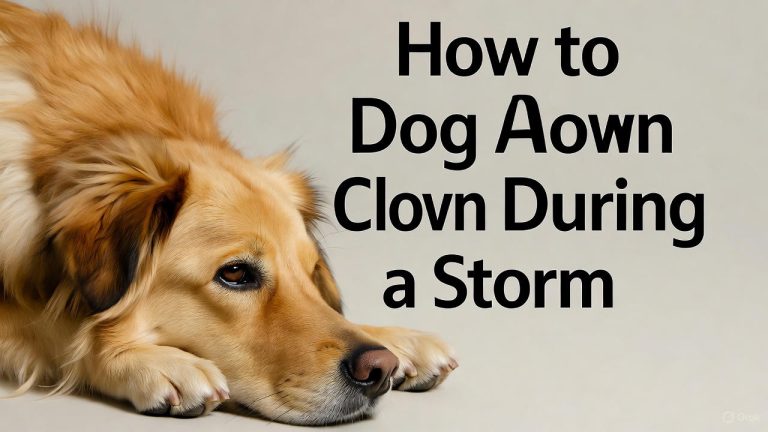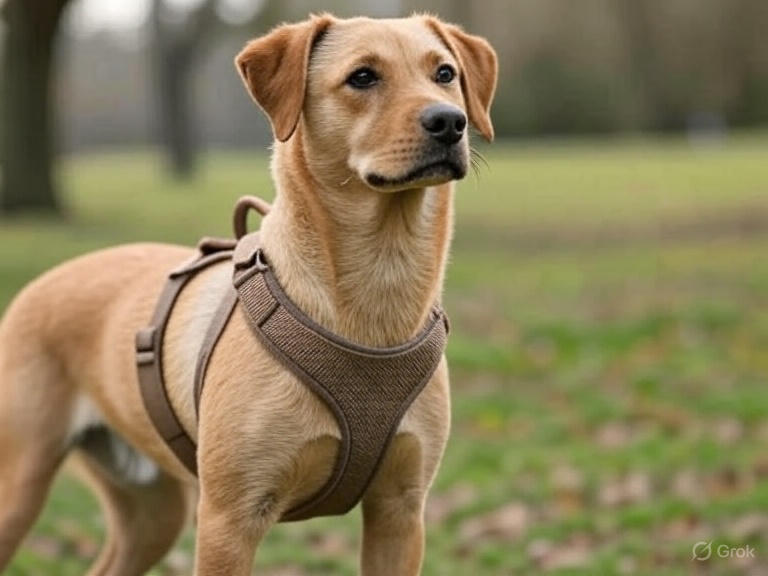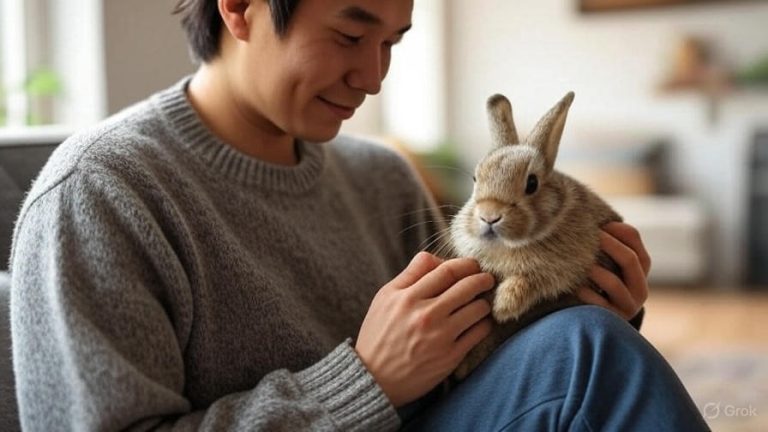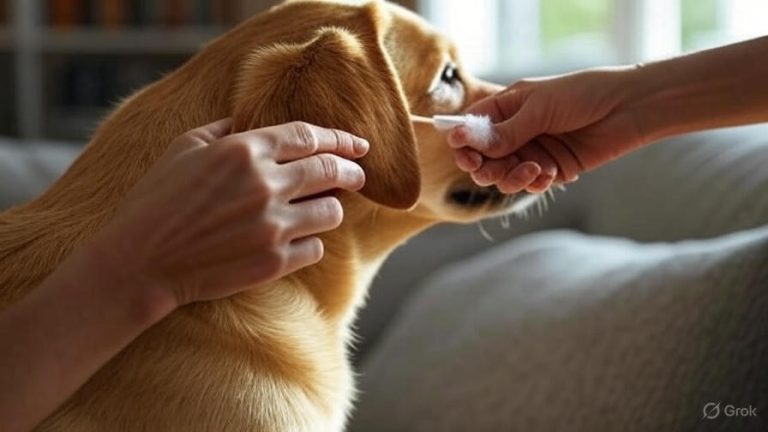How to Stop Dogs from Pooping in the House?
Indoor accidents happen to every dog owner. Your furry friend leaves unwanted surprises on your carpet, and you feel frustrated, embarrassed, and unsure how to respond. The good news? You can solve this problem with the right approach, patience, and consistent training methods.
This guide will show you effective, humane ways to prevent house soiling accidents and establish proper bathroom habits for your dog. We’ll cover everything from identifying root causes to implementing successful potty training strategies that work for dogs of all ages.
Why Dogs Poop Inside the House
Before addressing the behavior, you need to identify why your dog eliminates indoors. Several factors contribute to house soiling incidents, and each requires a different solution.
Medical Issues Health problems often cause sudden changes in bathroom habits. Digestive disorders, parasites, urinary tract infections, and age-related conditions can make it difficult for dogs to control their bowel movements. Senior dogs may develop cognitive decline or mobility issues that affect their ability to reach outdoor bathroom areas.
Incomplete House Training Many dogs never fully learned proper elimination habits. Puppies under six months old lack complete bladder and bowel control. Rescue dogs may have lived in environments where indoor elimination was acceptable or necessary for survival.
Anxiety and Stress Emotional factors play a significant role in house soiling. Separation anxiety, changes in routine, new family members, or moving to a different home can trigger stress-related accidents. Some dogs develop submissive urination or defecation when they feel overwhelmed.
Territorial Marking Dogs sometimes eliminate indoors to mark their territory, especially in multi-pet households. This behavior differs from regular accidents because it usually involves small amounts of waste in specific locations.
Schedule Disruptions Inconsistent feeding times, irregular walks, or changes in your daily routine can confuse your dog’s internal bathroom schedule. Dogs thrive on predictability and may have accidents when their normal patterns get disrupted.
The Right Way to Address Indoor Accidents
Effective house training relies on positive reinforcement and consistency rather than punishment. Modern animal behavior science shows that punishment-based methods often backfire and can create additional behavioral problems.
Clean Up Immediately Remove waste promptly and clean the area thoroughly with an enzymatic cleaner designed for pet accidents. Regular household cleaners don’t eliminate odor-causing bacteria that attract dogs back to the same spot. The lingering scent signals to your dog that this area is an acceptable bathroom location.
Stay Calm and Neutral Your emotional response matters more than you realize. Dogs pick up on your stress and anxiety, which can make the problem worse. When you discover an accident, take a deep breath and handle the cleanup matter-of-factly. Yelling, scolding, or showing frustration teaches your dog to hide their elimination rather than go outside.
Never Use Physical Corrections Hitting, nose rubbing, or other physical punishments damage your relationship with your dog and increase anxiety-related accidents. These outdated methods create fear and confusion without teaching your dog where they should eliminate.
Avoid Delayed Reactions Dogs live in the moment and don’t connect consequences with actions that happened hours or even minutes ago. If you didn’t catch your dog in the act, simply clean up and focus on prevention strategies.
Establishing a Consistent Potty Schedule
Structure forms the foundation of successful house training. Dogs naturally prefer to eliminate in familiar locations at predictable times.
Create Regular Feeding Times Feed your dog at the same times each day to regulate their digestive system. Most dogs need to eliminate 15-30 minutes after eating. Puppies may need to go out within 10-15 minutes of finishing their meal.
Schedule Frequent Bathroom Breaks Adult dogs typically need 4-6 bathroom breaks per day, while puppies require trips outside every 2-3 hours. Take your dog out first thing in the morning, after meals, after naps, after play sessions, and right before bedtime.
Use Consistent Exit Routes Always take your dog outside through the same door to establish a clear routine. This helps them learn to signal when they need to go out by heading to that specific exit.
Designate a Specific Bathroom Area Choose one outdoor location for elimination and consistently take your dog to that spot. The familiar scents will encourage them to use this area and help speed up the process during bathroom breaks.
Positive Reinforcement Training Methods
Reward-based training creates lasting behavioral changes and strengthens your bond with your dog.
Timing Your Rewards The moment your dog finishes eliminating outside, immediately praise them enthusiastically and offer a high-value treat. This immediate positive association helps them understand that outdoor elimination earns good things.
Use High-Value Rewards Save your dog’s favorite treats exclusively for successful outdoor bathroom breaks. Small pieces of chicken, cheese, or special training treats work better than regular kibble or low-value rewards.
Verbal Praise and Physical Affection Combine treats with excited verbal praise like “Good potty!” or “Yes!” Some dogs also enjoy gentle petting or brief play sessions as rewards for successful outdoor elimination.
Create a Bathroom Command Teach your dog a specific word or phrase for elimination, such as “go potty” or “do your business.” Use this command consistently when you take them to their bathroom area. Eventually, they’ll learn to eliminate on cue.

Supervision and Management Strategies
Prevention remains more effective than correction when it comes to house training accidents.
Watch for Warning Signs Learn to recognize your dog’s pre-elimination behaviors. Common signals include sniffing the ground, circling, whining, scratching at doors, or suddenly leaving the room. When you see these signs, immediately take your dog outside.
Limit Unsupervised Access Don’t give your dog free run of the house until they’re fully house trained. Use baby gates to confine them to areas where you can watch them closely. This prevents accidents in distant rooms and helps you catch elimination signals quickly.
Crate Training Benefits Dogs naturally avoid soiling their sleeping area, making crate training an excellent house training tool. The crate should be large enough for your dog to stand, turn around, and lie down comfortably, but not so large that they can eliminate in one corner and sleep in another.
Tether Training Method Keep your dog on a 6-foot leash attached to your belt or a nearby piece of furniture when you’re home. This close supervision allows you to notice elimination signals immediately and prevents sneaky accidents in other rooms.
Addressing Specific Challenges
Different situations require tailored approaches to house training success.
Puppy House Training Young puppies need more frequent bathroom breaks and have shorter attention spans. Take puppies outside every hour during active periods and immediately after eating, drinking, playing, or waking up. Expect accidents during the learning process and focus on consistency rather than perfection.
Adult Dog Retraining Adult dogs with established bad habits need patient, consistent retraining. Start from scratch with the basics: regular schedule, constant supervision, and immediate rewards for outdoor success. The process may take several weeks or months depending on how long the inappropriate habits have been established.
Multi-Dog Households When one dog has accidents, others may start eliminating in the same areas. Clean accidents thoroughly and consider temporarily separating dogs during the retraining process. Train each dog individually before working with them together.
Apartment Living Solutions Dogs living in apartments face unique challenges with bathroom access. Consider installing a dog door to a balcony with artificial grass, or train your dog to use indoor potty solutions like grass patches or training pads as backup options.
Health Considerations and When to Consult a Veterinarian
Sometimes house soiling indicates underlying medical problems that require professional attention.
Sudden Behavior Changes If a previously house-trained dog suddenly starts having frequent accidents, schedule a veterinary examination. Sudden changes often indicate medical issues rather than behavioral problems.
Age-Related Concerns Senior dogs may develop cognitive dysfunction, arthritis, or other conditions that affect their bathroom habits. Your veterinarian can recommend management strategies and treatments to help aging dogs maintain better bathroom control.
Digestive Issues Chronic diarrhea, constipation, or irregular bowel movements may indicate dietary problems, parasites, or other digestive disorders. Your vet can perform tests to identify and treat underlying causes.
Medication Side Effects Some medications increase urination frequency or cause digestive upset. If your dog started having accidents after beginning new medication, discuss alternatives with your veterinarian.
Long-Term Success Strategies
Maintaining good bathroom habits requires ongoing attention and consistency.
Gradual Freedom Increase Once your dog goes several weeks without accidents in supervised areas, gradually increase their unsupervised access to other parts of your home. Start with short periods and slowly extend the time as they prove reliable.
Maintain Consistent Routines Even fully house-trained dogs benefit from consistent feeding and bathroom schedules. Major changes in routine can trigger regression, so try to maintain predictable patterns whenever possible.
Environmental Management Remove or block access to previous accident sites until your dog has been accident-free for several months. Dogs often return to areas where they’ve eliminated before, even after thorough cleaning.
Continued Positive Reinforcement Don’t stop rewarding outdoor success once your dog seems fully trained. Occasional treats and praise for good bathroom habits help maintain the behavior long-term.
Common Mistakes to Avoid
Several well-meaning approaches can actually make house training problems worse.
Punishment After the Fact Finding an accident and then scolding your dog teaches them to hide their elimination, not to go outside. This creates fear and anxiety that can lead to more accidents.
Inconsistent Rules Allowing accidents sometimes but correcting them other times confuses your dog. Set clear, consistent expectations and stick to them every day.
Insufficient Supervision Giving unsupervised access too soon in the training process sets your dog up for failure. Maintain close supervision until they’ve proven reliable over several weeks.
Using Training Pads Long-Term While puppy pads can be helpful in specific situations, relying on them long-term can confuse dogs about appropriate elimination locations. Focus on outdoor training whenever possible.
Conclusion
House training success depends on patience, consistency, and positive reinforcement rather than punishment or scolding. By implementing a structured routine, providing frequent bathroom opportunities, and rewarding outdoor success, you can eliminate indoor accidents and build a stronger relationship with your dog.
Remember that every dog learns at their own pace. Some master house training in a few weeks, while others may take several months. Stay committed to the process, celebrate small victories, and don’t get discouraged by setbacks.
The time and effort you invest in proper house training pays dividends throughout your dog’s life. A well-trained dog enjoys more freedom in your home and stronger trust with their human family. With the right approach and plenty of patience, you can successfully teach your dog appropriate bathroom habits that last a lifetime.

